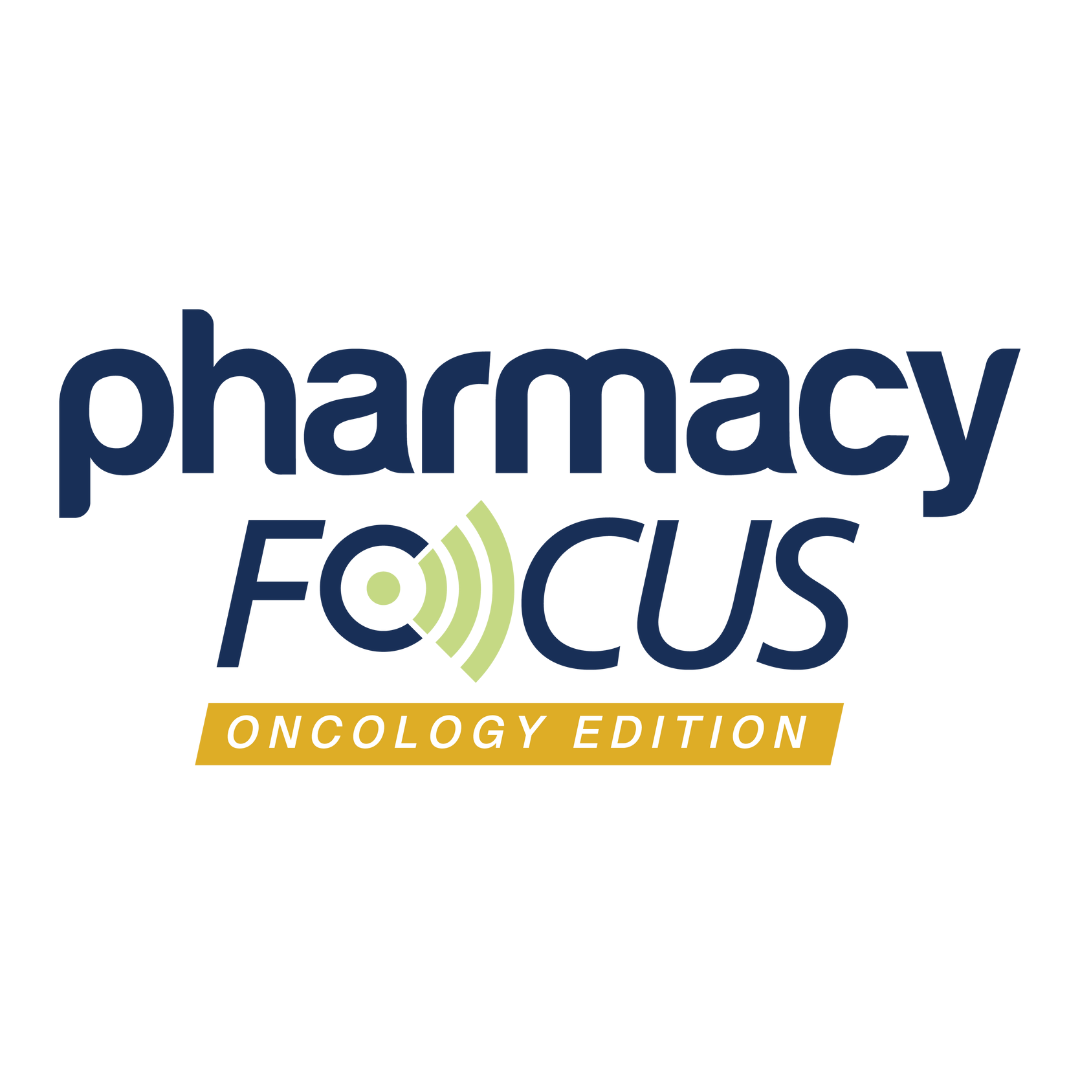Article
Pharmacies Face Financial Hardship with Rising DIR Fees
Author(s):
Fees from preferred network drug plans offered by insurers and pharmacy benefit managers (PBMs) are causing financial hardship for many pharmacies.
Fees from preferred network drug plans offered by insurers and pharmacy benefit managers (PBMs) are causing financial hardship for many pharmacies.
Direct and indirect remuneration (DIR) fees have been rising in these popular drug plans, The Wall Street Journal reported.
These fees may encompass “pay-to-play” fees for network participation, periodic reimbursement reconciliations, or non-compliance with quality measures.
Many pharmacists feel that there is a lack of transparency regarding how DIR fees are calculated. In addition, the fees are retroactive, which can make it hard for pharmacy owners to run a business.
“One reason why the term ‘DIR fee’ may be used by a plan/PBM is to bolster their assertion that these fees cannot be determined at the point of sale, which would explain why these fees are collected from pharmacies after claim adjudication,” the National Community Pharmacists Association (NCPA) wrote on its website.
Express Scripts told The Wall Street Journal that some pharmacies have seen an increase in DIR fees while others have not seen any DIR fees in the past year. Meanwhile, Walmart blamed lower reimbursement rates as the reason for a recent decrease in earnings.
On a smaller level, one pharmacy owner who operates 3 stores initially reaped a profit of $9.49 for selling prescription eye drops that cost $145.53. The total price was divided between $7.75 from the patient in the form of a co-pay and $147.27 from the PBM.
Weeks later, however, the pharmacist owner saw another $8.09 charge for the prescription, which cut his profit by 85% to $1.40, The Wall Street Journal reported.
PBMs like CVS Health’s Caremark and Express Scripts’ Holding Co may be inviting to pharmacists because they offer more patient access, especially for those enrolled in Medicare Part D.
However, in addition to lower reimbursement rates, pharmacies have to agree to prescribe a certain percentage of generic drugs and monitor adherence or else face penalties, according to The Wall Street Journal.
Meanwhile, patients are often attracted to these programs because they offer lower premiums.
Originally, DIRs were established to allow PBMs and Medicare to share in rebates that the insurers received from drug manufacturers under Medicare Part D coverage, The Wall Street Journal noted.
Both NCPA and the National Association of Chain Drug Stores (NACDS) have advocated for changes to this system.
NCPA CEO B. Douglas Hoey, RPh, MBA, wrote in an article published in Morning Consult about how PBMs have manipulated the system to allow for more revenue to travel back to the PBM.
"These hidden revenue streams go by creative names concocted by the PBMs: 'network access fees,' 'administrative fees,' 'technical fees,' 'service fees,' 'DIR fees,' and 'credentialing fees,' to name a few. Whatever name they go by, at the end of the day, they amount to a 'pay to play' cost imposed by the PBM on pharmacies that is not necessarily disclosed to Medicare officials," Hoey wrote.
NACDS has stated that pharmacy price concessions should be able to be determined at point of sale, or at least estimated at that time.
Back in January 2015, NACDS wrote a letter to Amanda Johnson, director of the Division of Payment Reconciliation for the US Centers for Medicare and Medicaid Services (CMS), on the topic of DIR fees and suggested revising the definition of negotiated prices.
“NACDS believes the calculation of pharmacy reimbursement should be reflected in the drug costs that are reported to CMS,” the letter read. “This requirement will increase pricing transparency and will alleviate the complexity of tracking actual reimbursement for drugs, thereby helping CMS to ensure that pharmacy reimbursement structures are not actually increasing the costs to the Medicare program.”
The American Pharmacists Association (APhA) has also written to CMS about the problems its members have encountered with rising DIR fees.
“We encourage CMS to work with plans to set reasonable thresholds for DIR fees so as not to limit pharmacy participation in Part D plan networks, which could negatively impact patient access,” APhA wrote. “Despite a firm commitment to patient access, the financial realities associated with very high DIR may force many pharmacies to withdraw from networks, further constricting service accessibility in certain areas.”
CMS has said in the past that the fees distort the real price of prescription drugs in the market.
Newsletter
Stay informed on drug updates, treatment guidelines, and pharmacy practice trends—subscribe to Pharmacy Times for weekly clinical insights.






